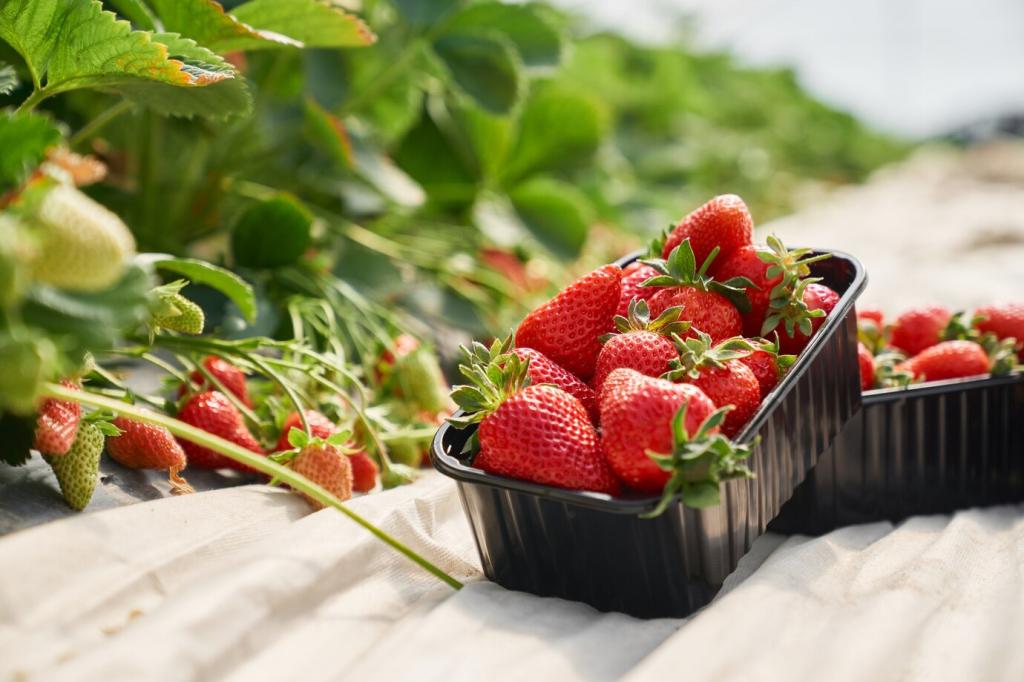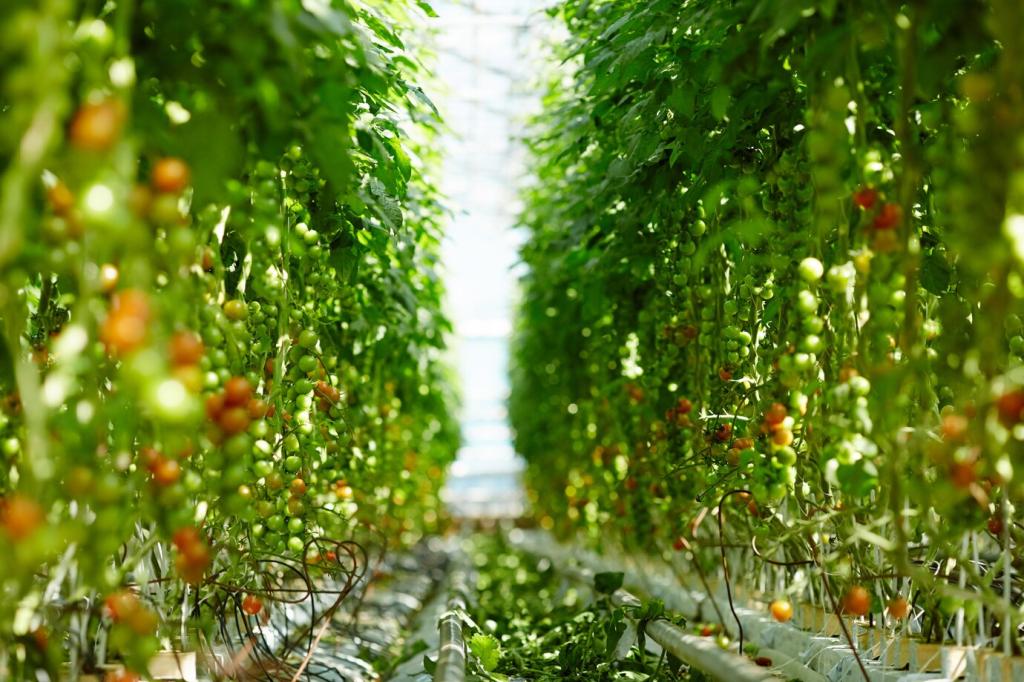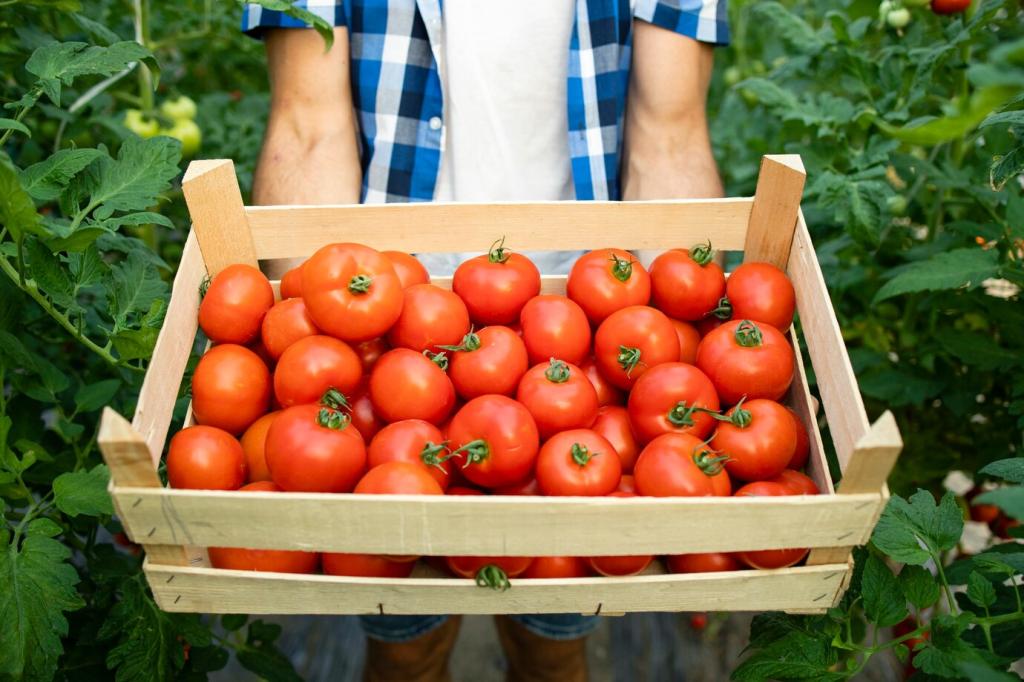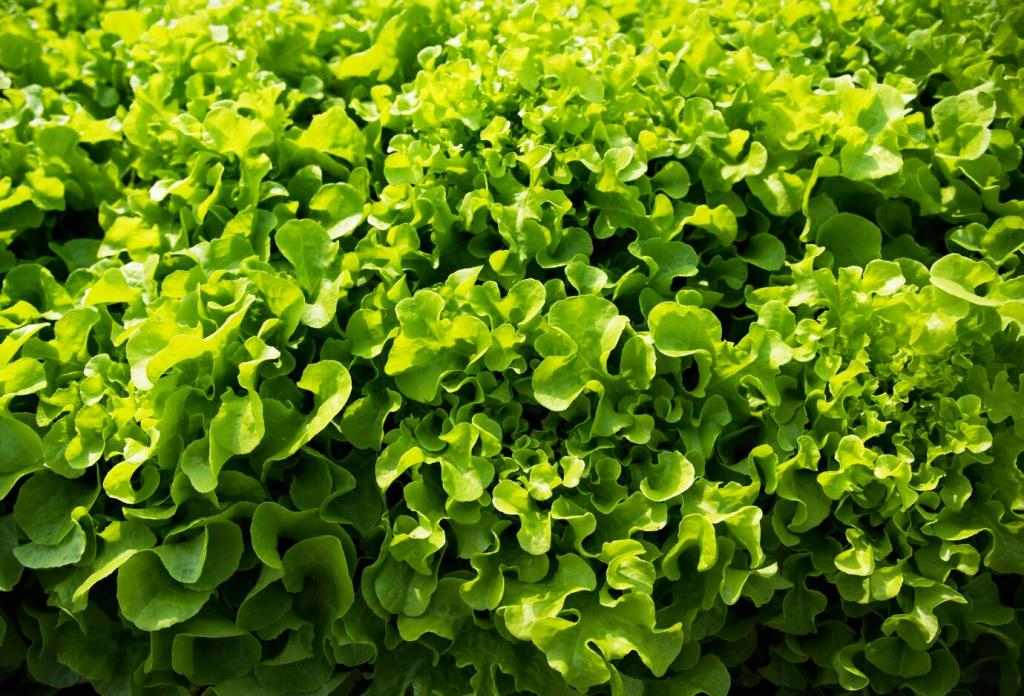Measure, Maintain, and Share
Use catch cups to check distribution, a meter or timer for flow rates, and dye to spot leaks. Record findings and set one action item per bed. Post your audit highlights and we will offer quick wins, from emitter swaps to pressure tweaks that deliver immediate, sustained water savings.
Measure, Maintain, and Share
Flush filters, replace worn washers, and inspect lines after frost or heat. Adjust timers as daylight changes and mulch levels settle. Subscribe for our quarterly checklist to stay on track, and add your own regional reminders so everyone benefits from local timing and practical experience.








